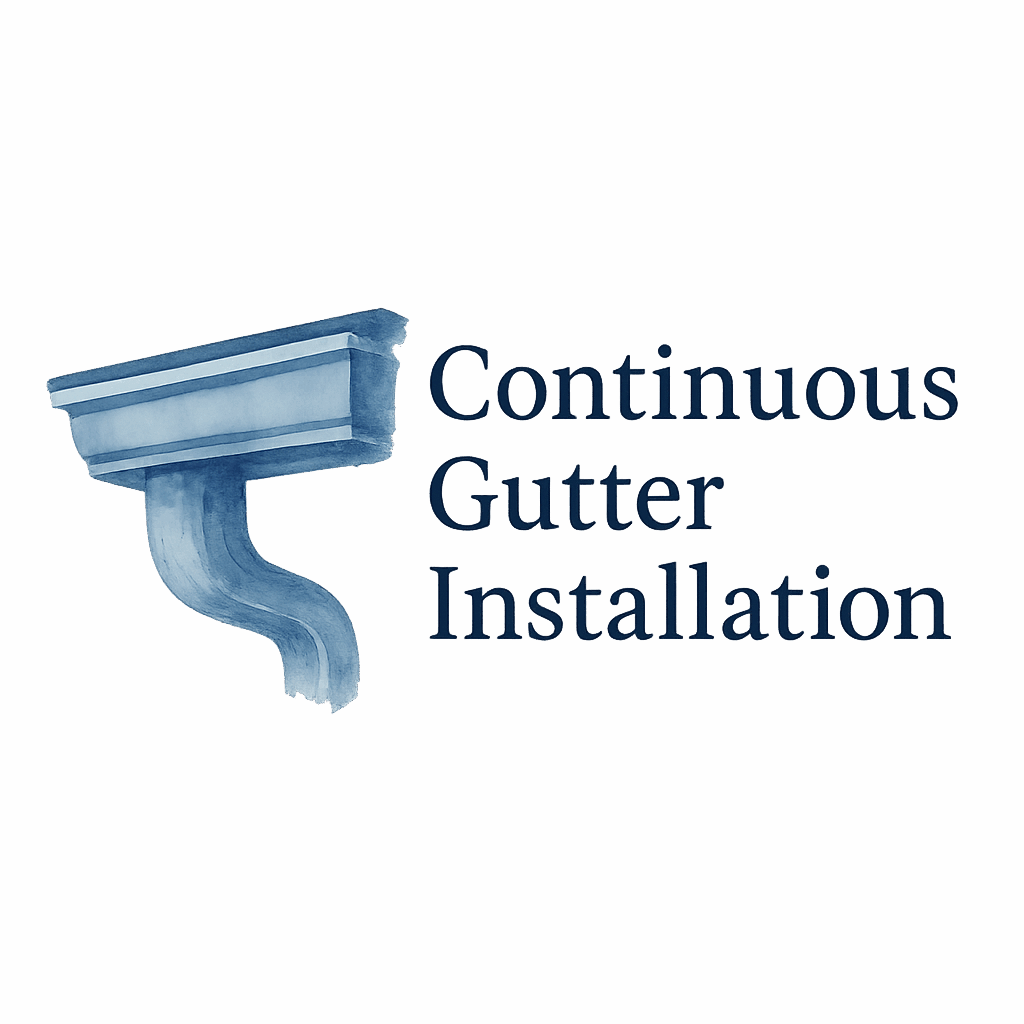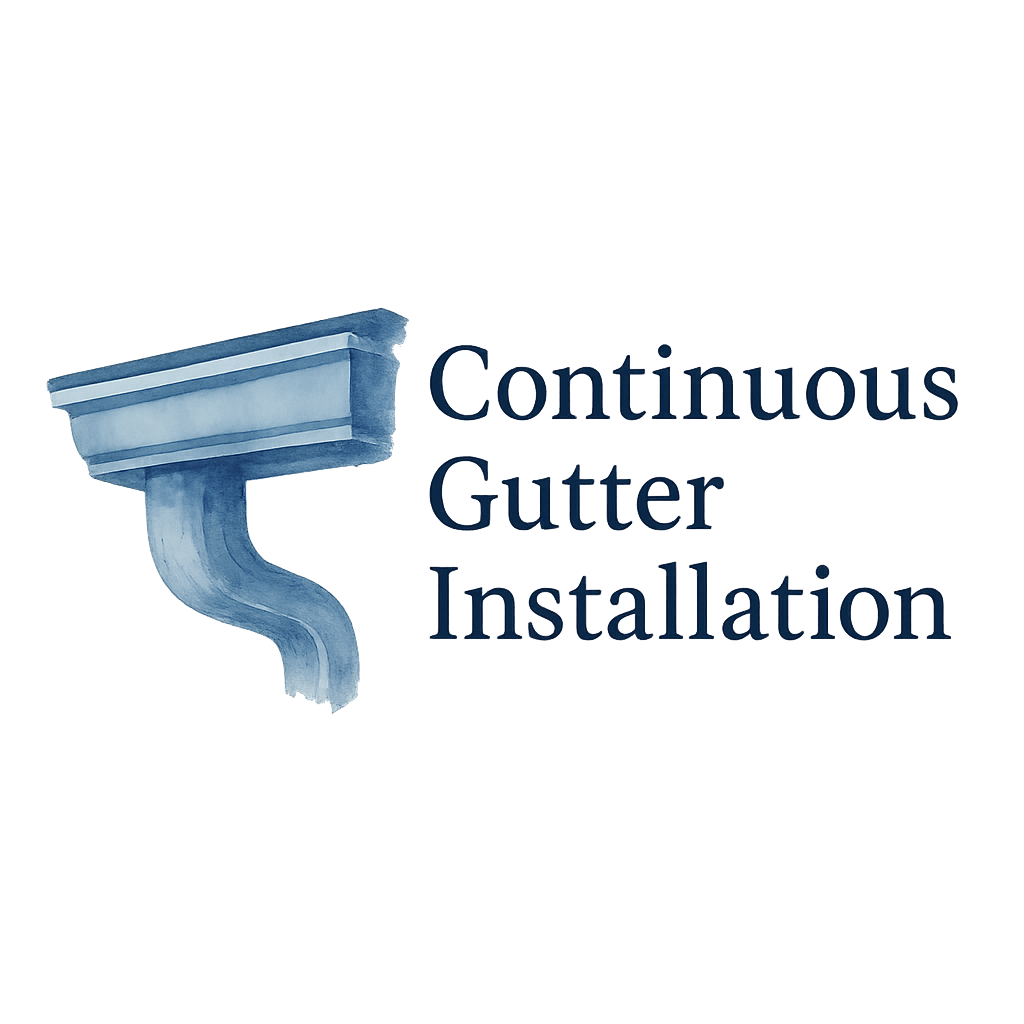Introduction: Why Continuous Gutter Installation Matters
If you’ve ever dealt with leaky seams, overflowing gutters, or constant clogging, you know how frustrating traditional gutters can be. That’s where continuous gutter installation steps in—it’s seamless, sleek, and built for long-lasting performance. Installing gutters the right way isn’t just about catching rainwater; it’s about protecting your home exterior, preventing foundation damage, and saving money on costly repairs down the line.
In this article, we’ll break down 6 expert techniques that professionals use to achieve a flawless installation. Whether you’re considering DIY or hiring a pro, these insights will help you understand what it takes to get gutters that actually work.
Understanding Continuous Gutters
What Are Continuous Gutters?
Unlike sectional gutters, continuous gutters (also called seamless gutters) are crafted from a single piece of material. That means no joints, fewer weak points, and reduced risk of leaks.
Benefits of Seamless Design
- Eliminates ugly seams
- Reduces chances of leaks
- Boosts curb appeal with a smooth finish
- Lowers long-term maintenance needs
For more insights, check out gutter installation basics.
Common Myths About Continuous Gutters
Some homeowners think seamless gutters are too expensive or complicated to maintain. Truth is, they’re actually more cost-effective over time because they prevent damage that often leads to expensive repairs.
Preparing for Continuous Gutter Installation
Inspecting Your Roofline and Fascia
Before installing, it’s essential to check for wood rot, sagging fascia boards, or roof issues. If the base isn’t sturdy, your gutters won’t last.
Measuring Accurately for Seamless Fit
Precision is key. Even a half-inch miscalculation can cause water to pool instead of flow. Always double-check your numbers before cutting.
Choosing the Right Gutter Materials
Aluminum is the most popular, but you can also choose copper, steel, or vinyl depending on budget and style. Learn more about gutter types and styles.
Expert Technique 1: Proper Roofline Assessment
Identifying Structural Issues
A solid roofline ensures gutters sit flush and carry water correctly. Fix warped boards and misaligned edges before moving forward.
Ensuring Correct Slope for Drainage
The slope should be subtle—typically 1/4 inch for every 10 feet. Too flat, and water stagnates. Too steep, and it gushes past the downspouts.
Expert Technique 2: Precision Measurement and Cutting
Using Professional Tools for Accuracy
Specialized gutter machines roll out continuous lengths on-site, ensuring a perfect fit with zero seams.
Avoiding Common Measuring Mistakes
Many DIYers forget to factor in corners and downspout placement, which leads to wasted material and poor fit.
Expert Technique 3: Secure Mounting and Brackets
Correct Spacing for Long-Term Durability
Brackets should be placed every 24–36 inches. Any wider, and the gutter risks sagging under heavy rain.
Preventing Sagging and Water Overflow
Strong, secure brackets combined with hidden hangers keep the gutter line crisp and functional.

Expert Technique 4: Downspout Placement and Angling
Strategic Positioning for Maximum Flow
Downspouts should be placed near natural slopes in your landscaping to divert water away effectively.
Avoiding Foundation and Landscape Damage
Poorly placed downspouts can flood basements or wash away flowerbeds. Always plan ahead.
Expert Technique 5: Sealing and Waterproofing Joints
Choosing the Right Sealants
Even though continuous gutters have fewer joints, end caps and corners still need professional-grade sealants.
Long-Term Leak Prevention
Proper sealing ensures you won’t face surprise drips during heavy storms.
Expert Technique 6: Gutter Protection Systems
Screens, Guards, and Covers
Adding gutter protection systems prevents leaves, twigs, and debris from clogging your gutters.
Preventing Clogs and Reducing Maintenance
With guards, you won’t need to climb the ladder as often—safety and convenience rolled into one.
Mistakes to Avoid in Continuous Gutter Installation
DIY Errors That Cost More Later
Many homeowners think DIY saves money, but improper slope, poor sealing, or bad placement can lead to water damage that costs thousands.
Ignoring Seasonal Maintenance Needs
Even seamless gutters need upkeep. Explore tips on gutter maintenance and care.
Maintenance After Continuous Gutter Installation
Regular Cleaning and Debris Control
At least twice a year, clean your gutters or hire a pro. Leaves, twigs, and dirt still find their way inside. See more on gutter cleaning.
Signs Your Gutters Need Attention
Watch out for sagging, peeling paint, or water marks on siding—these are gutter warning signs that repairs are due.
Cost Considerations for Continuous Gutters
Budget-Friendly Options vs. Premium Choices
From affordable gutter options to luxury copper designs, there’s something for every budget.
Long-Term Savings of Professional Installation
Investing in expert installation may seem costly upfront, but it reduces repair expenses and extends your gutter’s lifespan. Read more on gutter cost budgeting.
Choosing the Right Installer
Questions to Ask Before Hiring
- Do you provide a warranty?
- How many years of experience do you have?
- Do you use seamless machines on-site?
Why Experience Matters
The difference between a handyman and a seasoned gutter pro is huge—experience ensures precision and longevity.
Conclusion
Continuous gutter installation isn’t just about attaching metal to your home—it’s about protecting your investment. By following these 6 expert techniques—from slope assessment to installing protection systems—you’ll have gutters that work beautifully for years. Whether you go DIY or hire a pro, the key is attention to detail and long-term planning.
For more in-depth guides and resources, visit Continuous Gutter Installation.
FAQs
1. How long do continuous gutters last?
With proper care, they can last 20–30 years, sometimes longer with materials like copper.
2. Do continuous gutters need cleaning?
Yes. While they clog less often than sectional gutters, debris still builds up over time.
3. Can I install continuous gutters myself?
It’s possible but challenging without professional equipment. Hiring a pro is usually safer and more efficient.
4. How much do continuous gutters cost?
Pricing varies by material and home size, but you can find detailed info at gutter cost budgeting.
5. Are gutter guards worth it?
Absolutely. They cut down on cleaning, reduce clogs, and extend gutter life.
6. What’s the best material for continuous gutters?
Aluminum is the most popular, but copper and steel offer higher durability if budget allows.
7. How do I know when it’s time for gutter replacement?
Look for sagging, rust, or water damage near the foundation. For signs, check gutter replacement.


